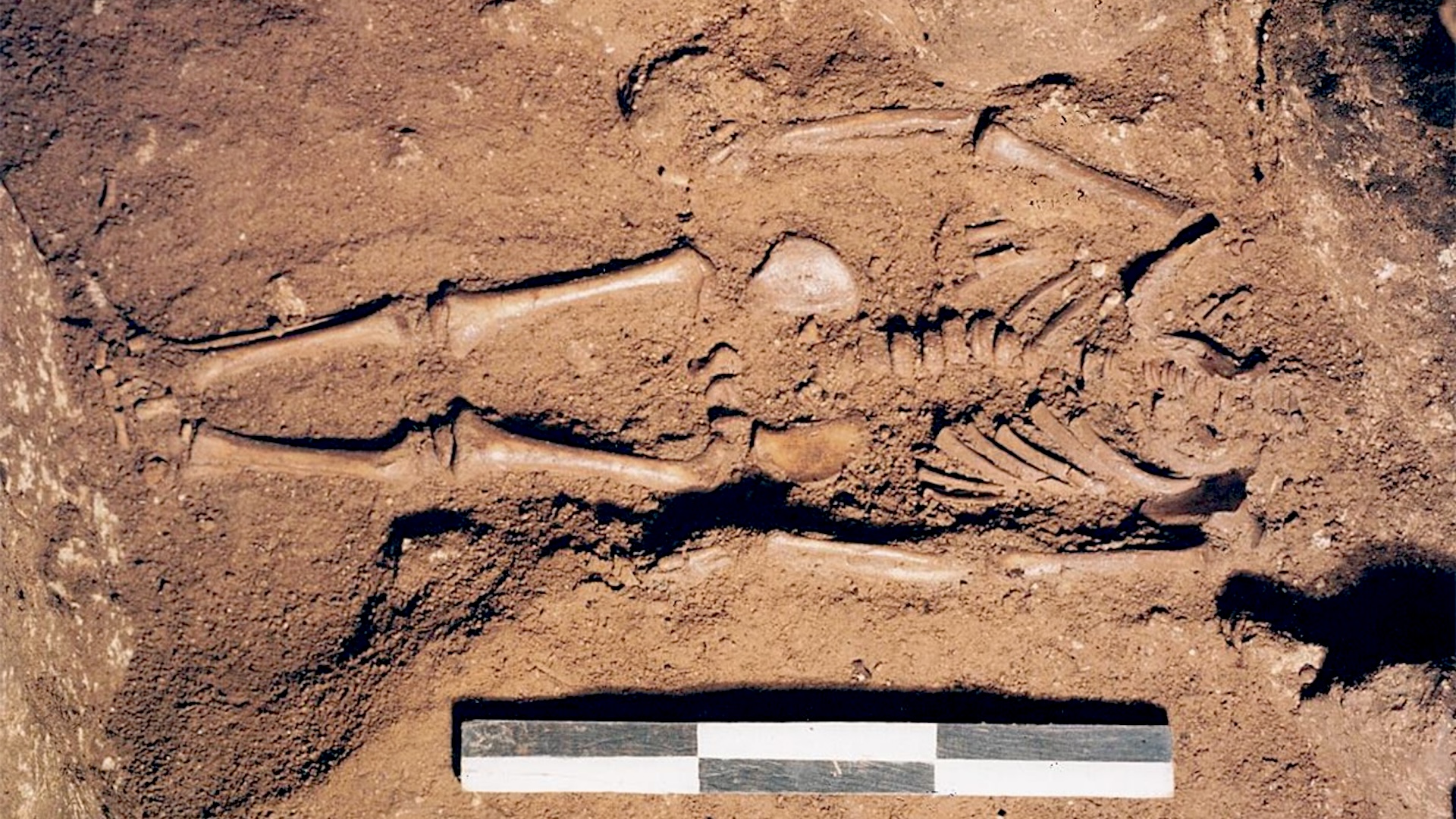Metabolites, Vol. 13, Pages 1082: Associations of Estimated Pulse Wave Velocity with Body Mass Index and Waist Circumference among General Korean Adults
Metabolites doi: 10.3390/metabo13101082
Authors: Hack-Lyoung Kim Hyun Sung Joh Woo-Hyun Lim Jae-Bin Seo Sang-Hyun Kim Joo-Hee Zo Myung-A Kim
The correlation between body fat parameters and arterial stiffness is still under debate. This study aimed to examine the associations of body mass index (BMI) and waist circumference (WC) with estimated pulse wave velocity (ePWV). We utilized data from 14,228 subjects (mean age 53.4 ± 16.8 years; 56.9% were female) from the Korean National Health and Nutrition Examination Survey. The ePWV was calculated using a formula based on age and blood pressure. Simple linear correlation analyses revealed significant associations between both BMI and ePWV (r = 0.098; p < 0.001) and WC and ePWV (r = 0.291; p < 0.001), with a stronger correlation observed between WC and ePWV. Multiple linear regression analysis demonstrated that WC remained significantly associated with ePWV after adjusting for potential confounders (β = 0.020; p = 0.001). However, a statistically significant association was not found between BMI and ePWV (β = 0.011; p = 0.076). Multiple binary logistic regression analysis further indicated that both higher BMI and WC were independently associated with higher ePWV, but the association was more pronounced between WC and ePWV than between BMI and ePWV. These findings underscore a stronger correlation between visceral obesity (as indicated by WC) and arterial stiffness (as indicated by ePWV) compared to overall obesity (as indicated by BMI). This highlights the potential significance of abdominal obesity in assessing cardiovascular risk.

 1 year ago
24
1 year ago
24


